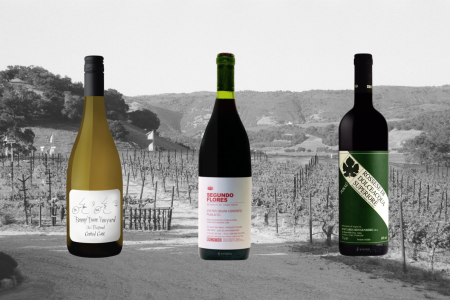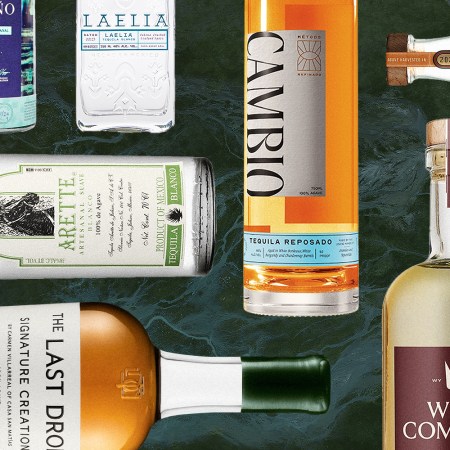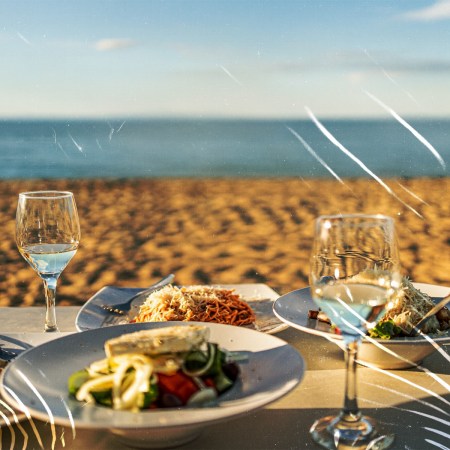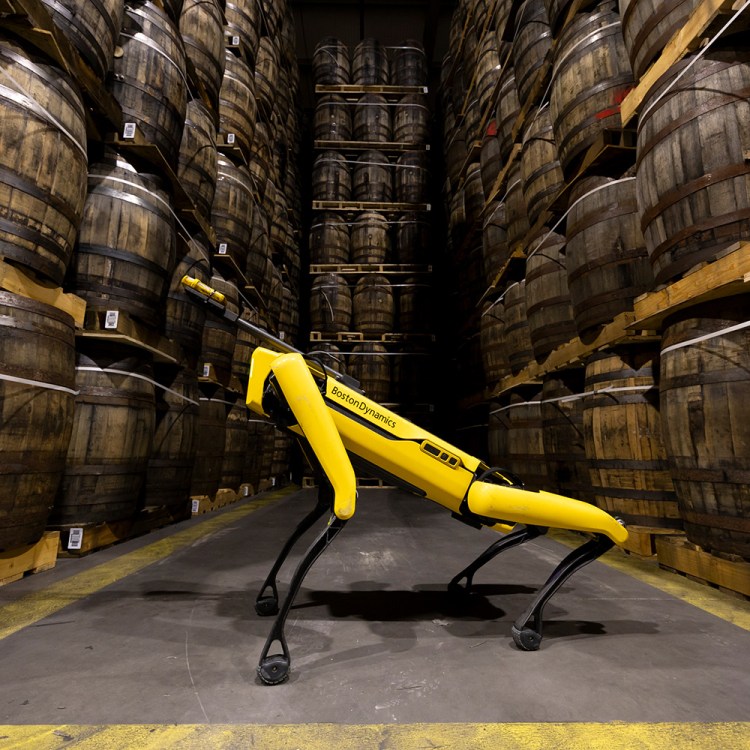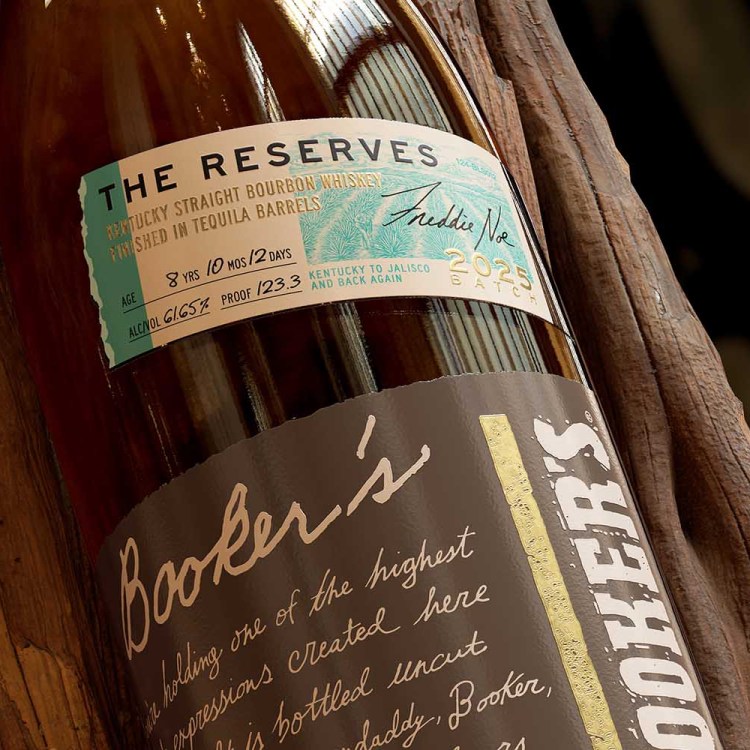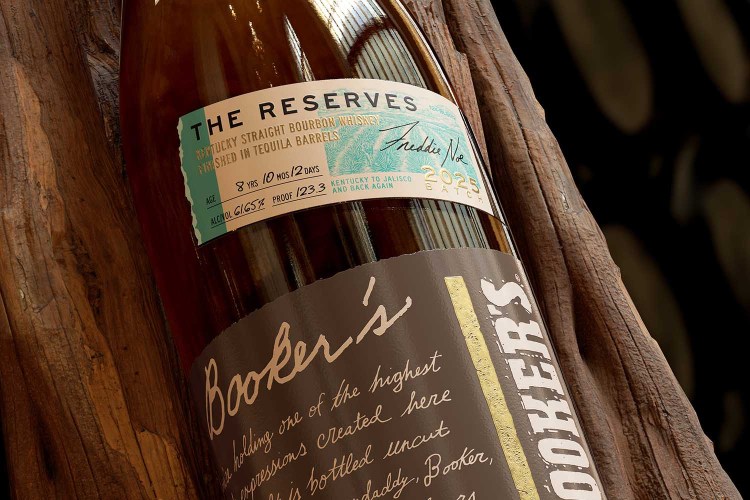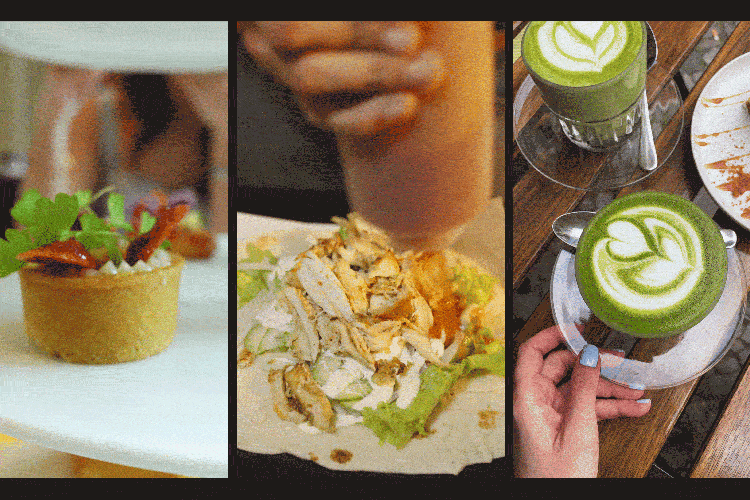Walk the cobbled streets of San Miguel de Allende, and you’ll discover colorful storefronts, baroque and neo-Gothic architecture, a thriving arts scene, and local traditions. Of course, there’s tequila tasting opportunities all around, but the area is also surrounded by vineyards and a growing wine landscape. In a country known for its agave spirits, more and more are making room for Mexican wine, with viniculture becoming increasingly popular for travelers. Lots of oenophiles already make the trips to Baja California and Northern Mexico, but here in the central state of Guanajuato, wine is on the rise, as grapevines thrive in the area’s Mediterranean-like climate and higher altitudes.
Grapes have been a part of this region since the 1520s, when the Spanish brought vines from Europe and planted them across Mexico. But the wine produced was made strictly for church use and was outlawed for general consumption. After Mexico’s independence from Spain in 1821, wine was made legal again, and some began working with the vines. By this point, though, Mexicans were accustomed to drinking tequila, beer and mezcal, and not many had viticulture experience, which meant wine fell to the wayside.

By the 1980s, Mexican winemaking began experiencing a comeback as winemakers focused on their craft and created wines that could compete with well-known regions around the world. Since the early 2000s, almost 40 wineries have opened in the Guanajuato region, and today Guanajuato is the fourth-largest wine producer in Mexico. It even boasts the Ruta del Vino, which sprawls across the state and has more than 200 wine-centric attractions, including wineries, restaurants, hotels and cultural activities.
10 Wildly Underrated Wine Grape Varieties, According to Sommeliers
Why aren’t you imbibing Cabernet Pfeffer, Rossese or Refosk?Across the route, you’ll discover estates ripe with vino and learn from vintners what makes the area prime for grape growing: low humidity and a semi-arid climate, higher altitude, significant temperature shifts from day to night, and heavy rains during harvest season. These conditions make the terroir conducive to growing grapes; tempranillo, sauvignon blanc, syrah, cabernet franc, merlot and grenache varieties are common. You might also stumble across malbec, semillon and pinot noir, depending on the winery or vineyard.
During a recent visit to San Miguel de Allende, I stayed downtown at Numu Boutique Hotel. The property coordinated area vineyard and winery visits, and I participated in the hotel’s Wine Series, which highlights a different local winery each quarter through sommelier-led tastings. During my tasting at Numu with Rancho Los Remedios, a winery about 15 minutes from the hotel, I sampled a 2023 moscatel, made from muscat grapes grown in San Miguel de Allende. It was light, dry and bright with touches of pineapple and citrus. It reminded me of a crisp sauvignon blanc and was an easy sipper while lounging at the hotel’s rooftop bar with views of the city’s iconic pink Parroquia San Miguel Arcángel. Next up was a rosé made from local merlot, tempranillo and cabernet sauvignon grapes, which was fresh and floral with hints of strawberries. Like lots of great Mexican wines, these are done in small batches, with no distribution to the United States.

The next day, the hotel whisked me to San Lucas Vineyards and San Francisco Vineyards, which are sibling properties 15 minutes from the hotel with grapevines, lavender and olive fields, a polo field, restaurants, a boutique hotel, and a wine workshop. Opened in 2017, San Lucas is one of the newest and largest vineyards in the area. The property is exquisite, but my jaw dropped when I was led to the tasting room, where three narrow tables line the middle of the space, surrounded by towering racks of wine underneath an arched ceiling. From sauvignon blancs to rosés to malbecs, I was encouraged to sample each wine with fresh berries, rosemary focaccia, mesquite honey and various cheeses that brought out different notes.
At San Francisco Vineyards, I did my wine tasting with lunch, a leisurely experience on the patio with velvety potato-leek soup, salmon with wild rice and mushrooms, steak and mashed potatoes with rainbow carrots, and a coffee panna cotta. Wines ranged from snappy whites and fruity rosés to a bold tempranillo and cabernet sauvignon, which I enjoyed while taking in the surrounding mountain views and neat rows of grapes unfolding before me. In a landscape of yucca and cacti, this felt like a warm Italian afternoon, where great wines and locally-sourced ingredients bring joy and surprise. But thankfully, I was quickly brought back to Mexico as I heard, “¿le gustaría más vino tinto?”
Every Thursday, our resident experts see to it that you’re up to date on the latest from the world of drinks. Trend reports, bottle reviews, cocktail recipes and more. Sign up for THE SPILL now.


